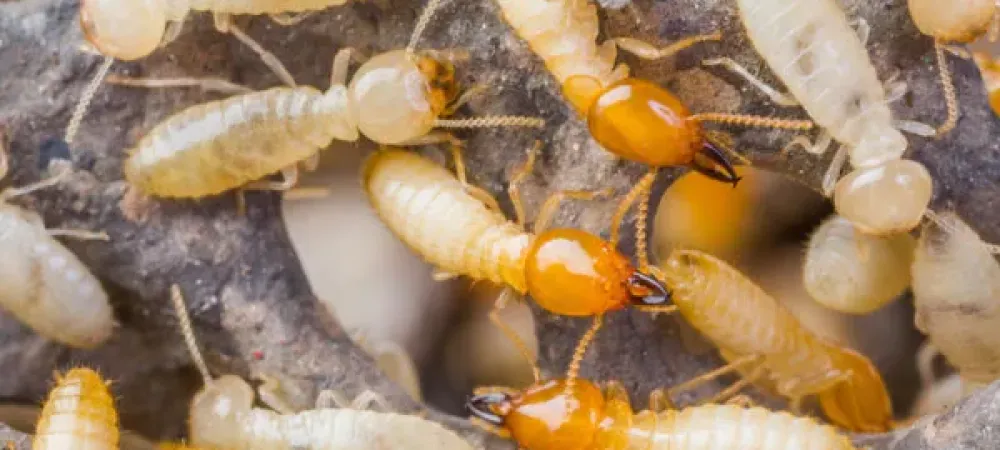Types of Termites Found in California

What are Termites?
Termites, known as the "silent destroyers," are small insects that feed on cellulose-based materials, predominantly wood. California is home to several species of termites, each with distinct characteristics and preferences. Understanding the different types of termites found in the state is crucial for identifying potential infestations and taking appropriate preventive measures.
Termites Commonly Found in California
Subterranean Termites
Subterranean termites are a highly destructive termite species commonly found in California. They reside in underground colonies and utilize mud tubes to reach wooden structures above ground. They rely on contact with the soil for moisture and survival, which allows them to spread quickly and cause significant damage to homes and other wooden structures.
Drywood Termites
Drywood termites are a type of termite found in California, as well as other parts of the United States. The western drywood termite (Incisitermes minor) is native to this region and can be found throughout California. Drywood termites feed on dead wood, meaning that they will infest buildings and furniture made out of wood, but they will not infest living trees.
Dampwood Termites
Dampwood termites are large, oval-shaped insects with dark brown bodies and yellowish heads. They have six legs and two sets of wings (one set larger than the other) that are used for flight. Dampwood termites feed on wood, which they soften by excreting enzymes called salivary gland secretions.
Understanding the types of termites found in California and adopting preventive measures is key to safeguarding homes and properties from the devastation these common pests can cause. Stay vigilant and take necessary precautions to keep termite infestations at bay.
Signs You Have a Termite Infestation
Termite infestations can go undetected for long periods, causing significant damage to your home or property. As a homeowner, it is crucial to be aware of the signs that indicate a termite problem. By recognizing these signs early on, you can take swift action to protect your property and avoid costly repairs.
- Mud Tubes: One of the most noticeable signs of termite activity is the presence of mud tubes. These tubes, made of soil and chewed wood, provide protection and moisture to the termites as they travel between their colony and their food source. Keep an eye out for mud tubes along the foundation of your home, as well as on exterior walls or wooden beams.
- Discarded Wings: Termites swarm to reproduce and establish new colonies. After mating, the swarmers shed their wings, leaving them behind near windows, doors, or other entry points. If you find discarded wings indoors, it may indicate that a termite colony is nearby.
- Wood Damage: Termites feed on wood from the inside out, causing extensive damage over time. Look for hollow-sounding wood, bubbling or peeling paint, or wood that appears blistered or darkened. In severe cases, you may even find structural damage such as sagging floors or ceilings.
What do You do if You Have Termites in Your Home?
If you observe any of the above signs, it is crucial to contact a pest professional immediately. Attempting to address a termite infestation on your own can often lead to inadequate treatment or further damage. A trained professional will assess the extent of the infestation and develop a tailored treatment plan, ensuring the complete eradication of these destructive pests.
Treatment for termites can be a lengthy process, requiring multiple visits from a professional. It is advisable for homeowners to regularly check for signs of termites and keep the area around their homes clear of organic debris, in order to reduce the chances of a termite infestation.
Remember, early intervention is key when it comes to termite infestations. Regular inspections by pest professionals can also help detect any potential infestations before they cause significant harm. Protect your home and property by staying vigilant and addressing termite issues promptly.
Don't delay in taking action if you suspect termites in your home. By contacting a professional termite control service, you can effectively address the issue and prevent further damage to your property.